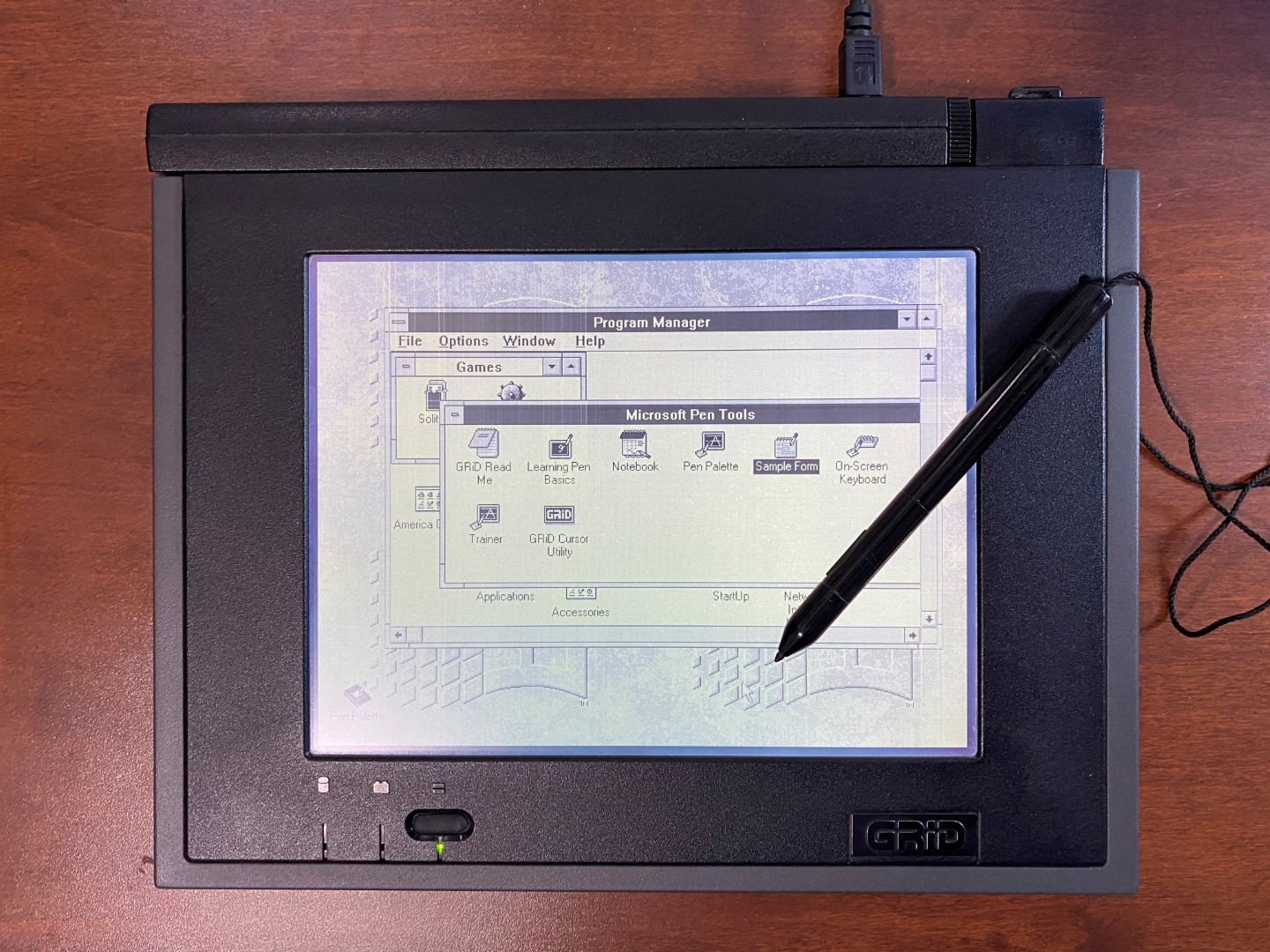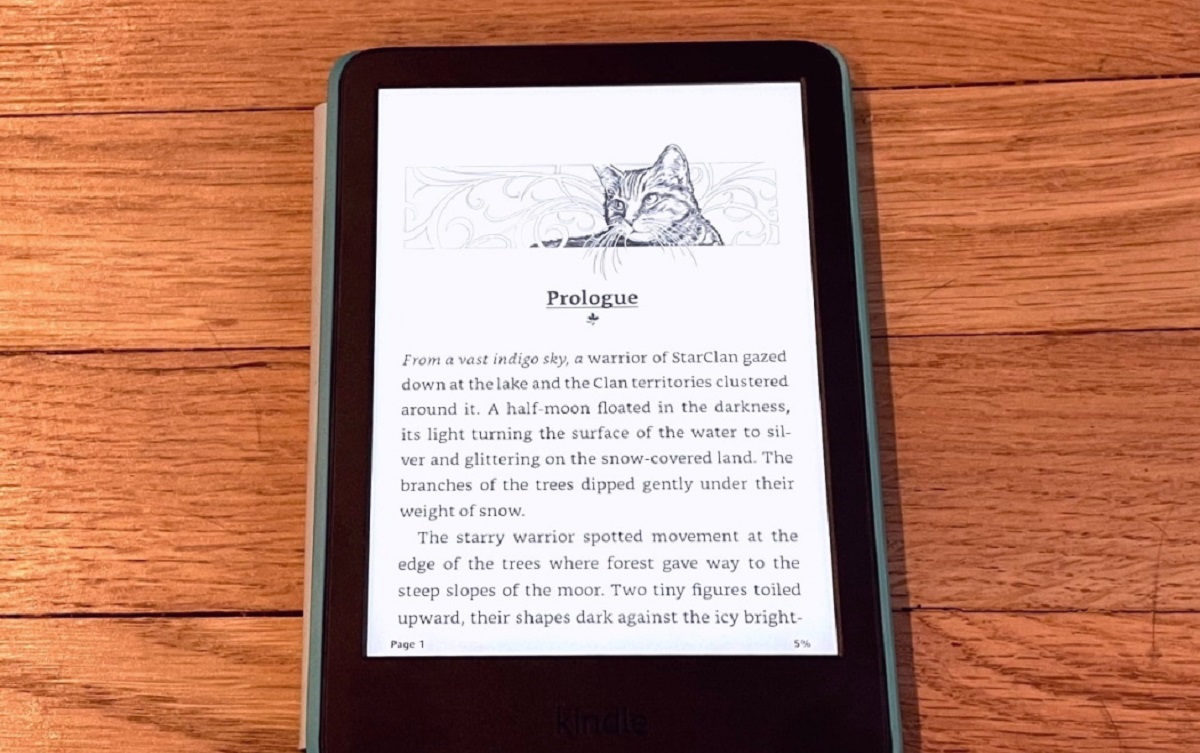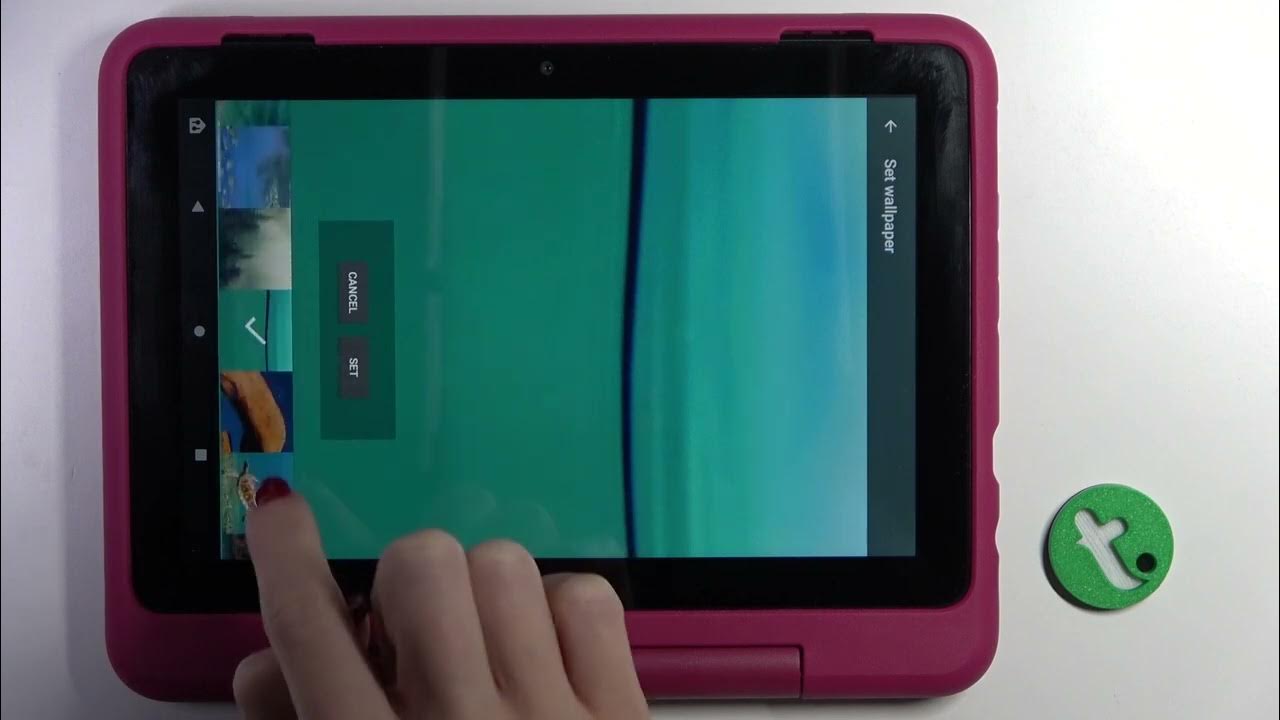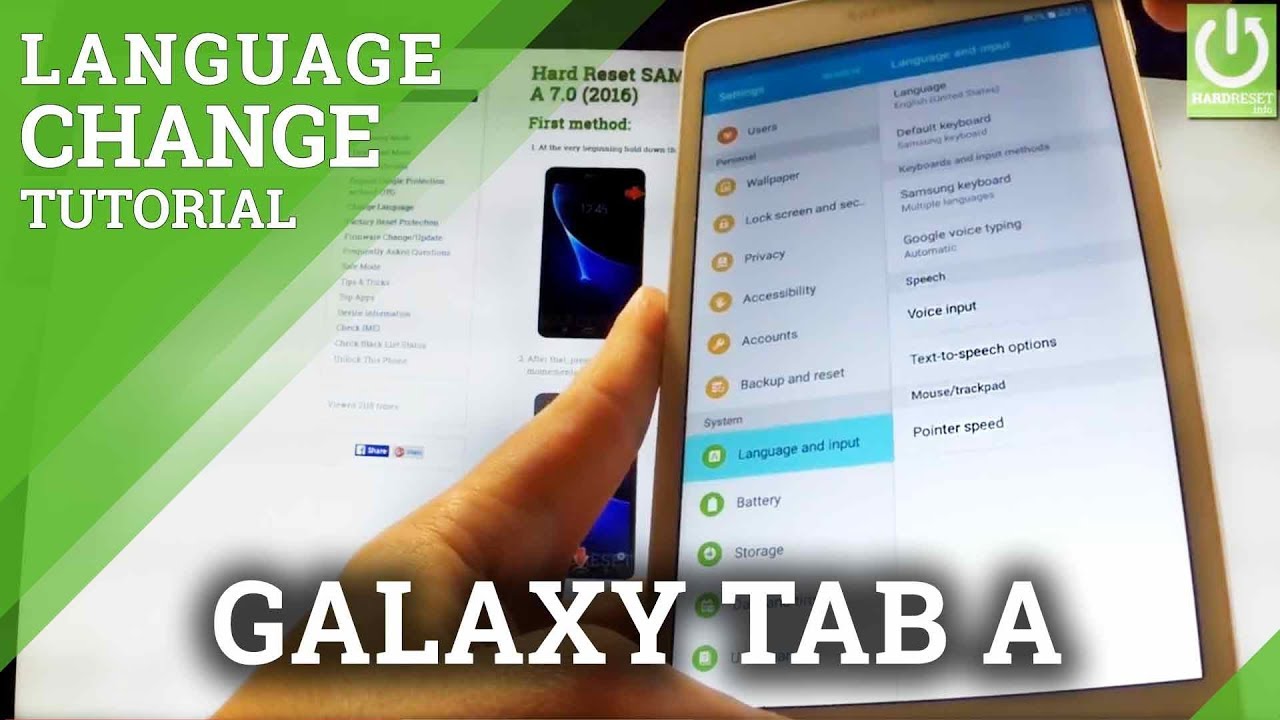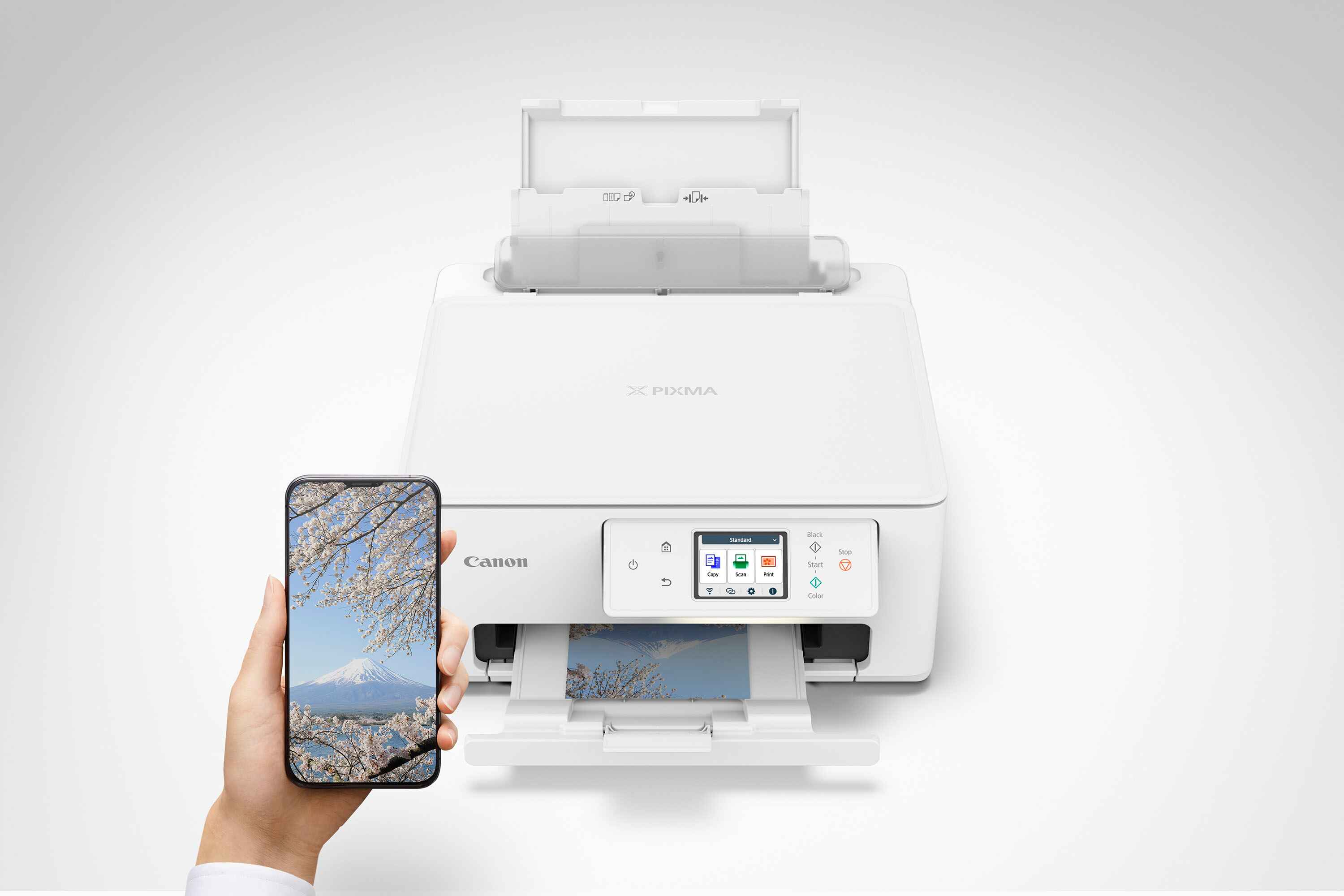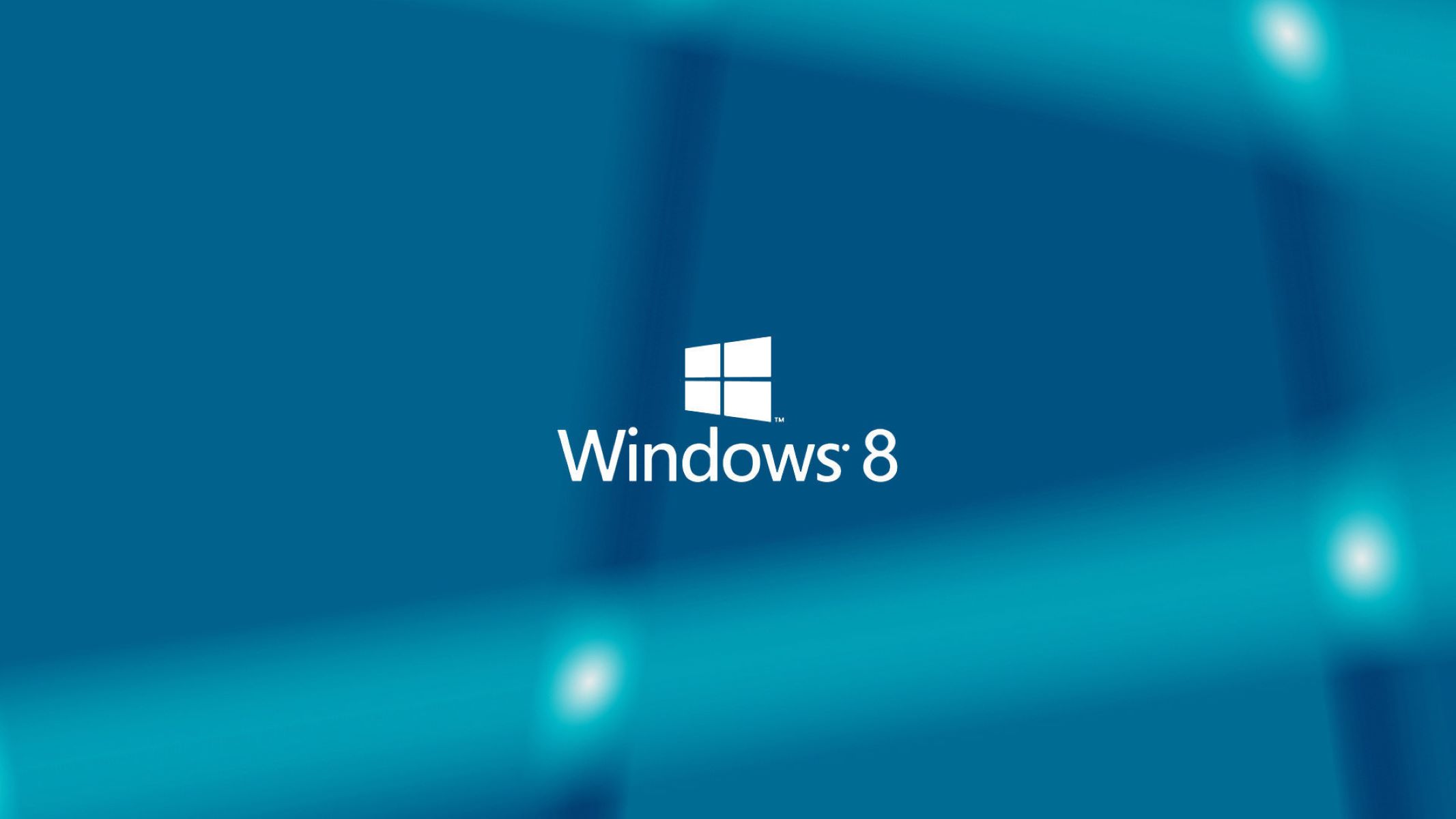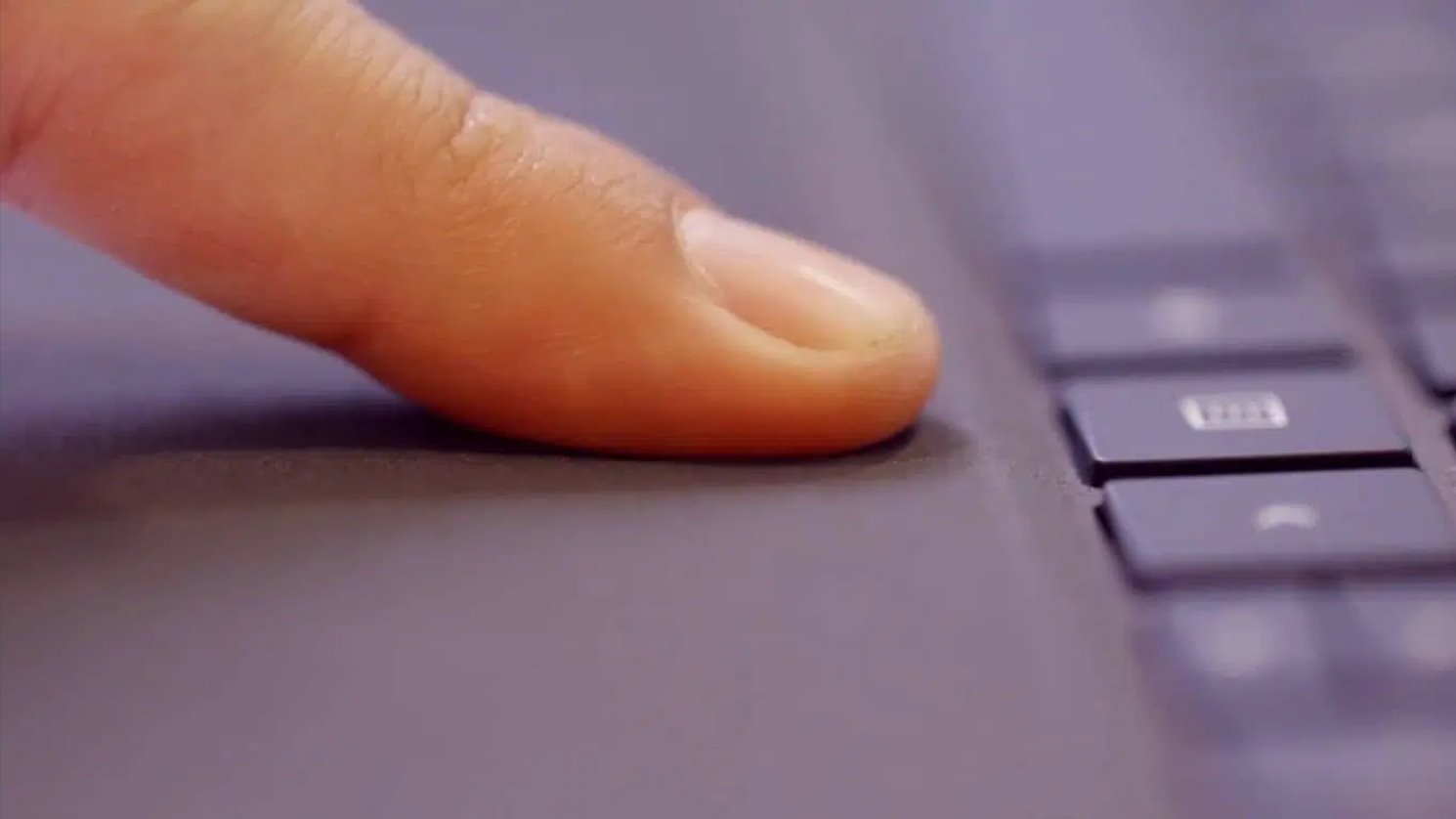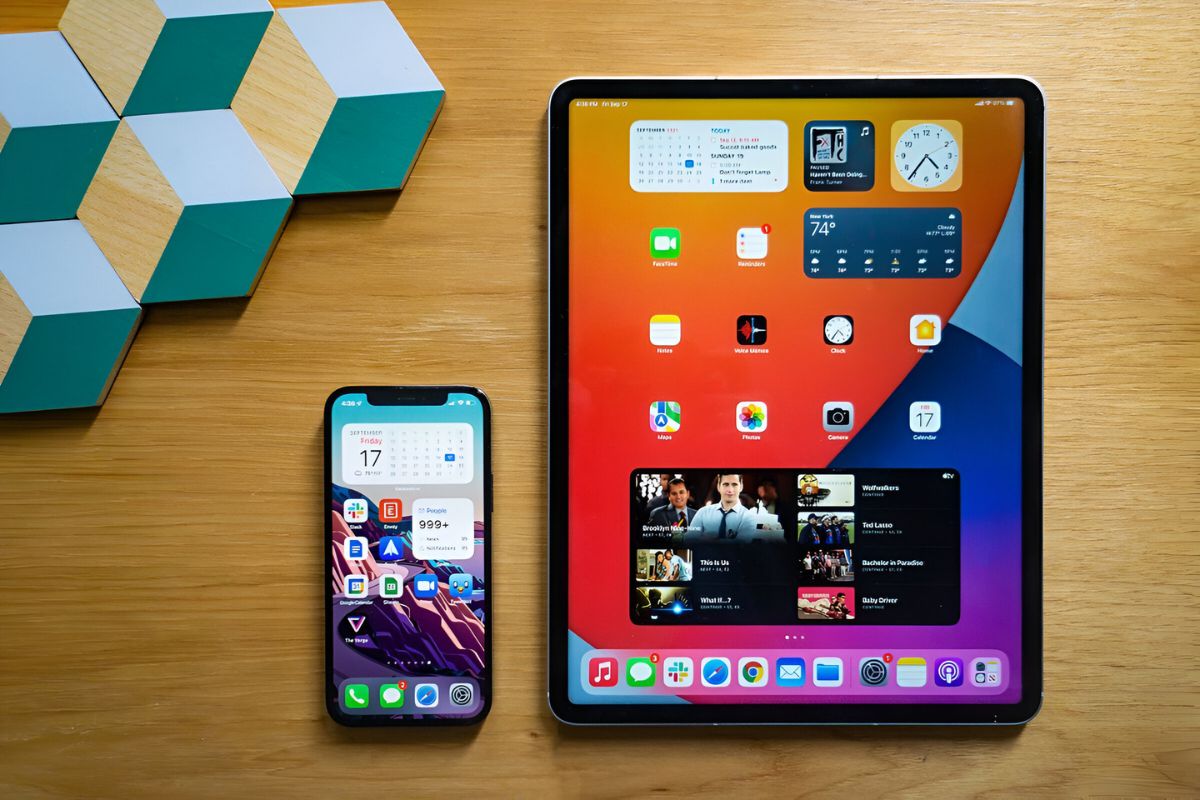Introduction
The world of technology has seen numerous innovations that have revolutionized our lives. One such innovation is the tablet, a portable computing device that combines the functionality of a laptop with the convenience of a smartphone. Tablets have become an integral part of our daily lives, allowing us to browse the internet, play games, read books, watch movies, and much more.
But have you ever wondered about the origins of the tablet? Who invented it and when? In this article, we will delve into the fascinating history of tablet devices, exploring the journey from the first concept to the commercially successful tablets we use today.
Before we dive into the history, let’s define what exactly a tablet is. In simple terms, a tablet is a portable computer that typically features a touchscreen display, allowing users to interact with the device using their fingers or a stylus. Tablets offer a compact and lightweight alternative to traditional desktop computers and laptops, making them ideal for on-the-go use.
Now that we have a basic understanding of what a tablet is, let’s explore the captivating history behind this groundbreaking technology.
Next, we will discover the very first tablet device ever invented: the Dynabook.
Definition of a Tablet
Before delving into the history of tablet devices, it’s important to have a clear understanding of what exactly a tablet is and what sets it apart from other computing devices.
A tablet, in the context of technology, can be defined as a portable, handheld device that features a flat, touchscreen display for user interaction. Unlike traditional computers which rely on a keyboard and mouse for input, tablets primarily utilize touch input, allowing users to navigate through applications, browse the internet, and perform various tasks by directly interacting with the screen.
What distinguishes tablets from smartphones and laptops is their size and form factor. Tablets typically have larger screens than smartphones, providing a more immersive and visually appealing experience. With their compact design, tablets offer the advantage of portability, making them convenient for use on the go, whether for work, entertainment, or communication.
In addition to their touchscreens, tablets usually come equipped with other essential features such as built-in cameras, speakers, and microphones, enabling users to capture photos and videos, make video calls, and enjoy multimedia content without the need for external devices.
Furthermore, tablets are often powered by operating systems specifically designed for touch-based interaction, such as Apple’s iOS and Google’s Android. These operating systems provide a user-friendly interface and a wide range of applications optimized for tablet use, allowing users to customize their tablets with productivity tools, entertainment options, and much more.
Overall, the defining characteristics of a tablet include a touchscreen display, portability, and a range of features that enable users to perform a variety of tasks without the need for external devices or peripherals.
Now that we have a clear understanding of what makes a tablet unique, let’s delve into the fascinating history behind these innovative devices.
History of Tablet Devices
The history of tablet devices spans several decades, with various inventors and pioneers contributing to their development. The concept of a portable computing device with a touchscreen interface can be traced back to the 1960s.
One of the earliest iterations of a tablet-like device was the Dynabook, conceptualized by computer scientist Alan Kay in 1968. Although the Dynabook was not a physical device, it laid the foundation for the future development of tablet technology. The Dynabook envisioned a portable device that would provide a personal computing experience with a focus on education and creativity.
In the 1970s, several companies and researchers explored the idea of tablet-like devices. The Xerox Alto, introduced in 1973, featured a graphical user interface and a touchscreen input. However, it was not a commercially available product.
It was not until the 1990s that tablet devices started to gain more attention. In 1991, the GRiDPad was released by GRiD Systems Corporation, which can be considered one of the first commercially available tablet computers. The GRiDPad featured a stylus-based input and was primarily targeted towards business users.
Despite early attempts, it wasn’t until the 2000s that tablet devices truly started to gain mainstream popularity. In 2000, Microsoft launched the Microsoft Tablet PC, an early attempt to bring tablet functionality to the Windows operating system. However, it did not gain widespread adoption due to limited software support and hardware capabilities.
Then came the breakthrough that revolutionized the tablet market – the launch of the Apple iPad in 2010. The iPad combined sleek design, intuitive user interface, and a vast array of applications, making it a game-changer in the tablet industry. The success of the iPad paved the way for other manufacturers to join the tablet market.
Since then, tablets have continued to evolve, with advancements in processing power, display technology, and connectivity options. Smaller and more affordable tablets, such as the Amazon Kindle Fire and Google Nexus, have also gained popularity.
Today, tablets have become an essential part of our daily lives, used for work, entertainment, education, and much more. With their portable nature and versatility, tablets have transformed the way we interact with technology and have opened up new possibilities for how we consume and create content.
The history of tablet devices is a testament to human ingenuity and the constant desire to push the boundaries of technology. From the concepts and prototypes of the past to the sleek and powerful devices of today, the evolution of tablets continues to shape the way we live and work.
The First Tablet Device: Dynabook
When exploring the history of tablet devices, one cannot overlook the significant contribution made by the concept of the Dynabook. The Dynabook, first conceptualized in 1968 by computer scientist Alan Kay, was a visionary idea that laid the foundation for modern tablet technology.
The Dynabook was not a physical device but rather a concept that aimed to create a portable computing device that would revolutionize education and foster creativity. Kay envisioned a device that would be personal and interactive, allowing users to easily access information and engage in various tasks.
The Dynabook concept incorporated several essential elements that are now considered fundamental to tablets. It featured a lightweight form factor, a flat display panel, and a keyboard-less design, relying instead on a touch-based interface. This touch-based interface was a groundbreaking concept at the time, as most computers of that era were primarily operated using physical keyboards.
Furthermore, the Dynabook concept focused on providing a highly customizable and interactive user experience. Users could alter the software and personalize their Dynabook to suit their individual needs, making it a truly personalized computing device.
While the Dynabook concept did not result in the immediate development of a physical device, its influence on future tablet technology cannot be understated. It served as a source of inspiration for subsequent innovators and inventors who would bring the concept of tablet computing to life.
Over the years, the Dynabook concept has influenced the design and functionality of tablets, shaping their evolution into the devices we use today. Elements of the Dynabook, such as its focus on interactivity, personalization, and touch-based interfaces, have become integral to modern tablets.
Although the physical manifestation of the Dynabook has yet to be realized, its visionary concept has paved the way for countless advancements in tablet technology. Today, tablets embody many of the principles envisioned by Alan Kay in the Dynabook concept, making them versatile tools for productivity, entertainment, and learning.
While the Dynabook may not have been the first physical tablet device, its impact on shaping the direction of tablet technology cannot be underestimated. It solidifies the Dynabook’s place in history as a groundbreaking concept that laid the groundwork for the tablets we enjoy today.
The First Commercially Successful Tablet: Apple iPad
When it comes to commercially successful tablets, one device stands above the rest: the Apple iPad. Launched in 2010, the iPad revolutionized the tablet market and set the standard for what a modern tablet should be.
Prior to the iPad’s release, there were attempts at creating tablet-like devices, but they often fell short in terms of user experience and functionality. The iPad, however, brought forth a seamless and intuitive user interface, along with a wide range of applications tailored specifically for the device.
With its sleek design, high-quality display, and powerful hardware, the iPad quickly gained popularity among consumers. It offered a superior browsing experience, seamless multitasking, and access to various entertainment options, making it a versatile device for both work and leisure.
The App Store, which allowed users to easily download and install applications on their iPads, played a crucial role in the device’s success. Developers flocked to the platform, creating a vast ecosystem of applications that catered to diverse needs and interests.
Furthermore, the iPad’s appeal extended beyond the consumer market. Businesses and industries embraced the device, utilizing it for presentations, digital content creation, and even replacing traditional point-of-sale systems. The iPad empowered professionals in various fields, offering a portable and efficient tool for their work.
With each subsequent generation, the iPad continued to evolve and improve. Apple introduced features like Retina displays, A-series chips, and Apple Pencil support, enhancing the device’s capabilities and pushing the boundaries of what a tablet can do.
Competitors, inspired by the success of the iPad, entered the market with their own tablet offerings. However, the iPad maintained its dominance, thanks to Apple’s commitment to design, user experience, and ecosystem integration.
Today, the iPad remains one of the most popular tablet choices worldwide. It continues to receive updates, offering new features and functionalities that cater to the evolving needs of users. From students and artists to professionals and casual users, the iPad has found a place in the hearts and hands of millions across the globe.
The success of the Apple iPad paved the way for the widespread adoption and acceptance of tablets as indispensable devices in our daily lives. Its innovative features, seamless user experience, and extensive app ecosystem cemented its place in history as the first commercially successful tablet.
Other Early Tablet Devices
While the Apple iPad may have been the first commercially successful tablet, it’s important to acknowledge other early tablet devices that contributed to the development and evolution of this technology. These devices, though not as widely recognized, played a significant role in shaping the tablet landscape.
One notable early tablet device is the Microsoft Tablet PC, introduced in the early 2000s. This Windows-based tablet offered a stylus for input, handwriting recognition, and a special version of the operating system that was optimized for touchscreen use. Although it did not achieve mainstream success, the Microsoft Tablet PC showcased the potential of tablet-based computing in a Windows environment.
Another noteworthy early tablet was the Nokia 770 Internet Tablet, released in 2005. This device, powered by the Linux-based Maemo operating system, focused primarily on internet browsing and media consumption. Although it did not gain widespread popularity, the Nokia 770 was among the pioneers in introducing a dedicated, internet-centric tablet experience.
Additionally, the Amazon Kindle, initially introduced as an e-reader, opened the doors to portable digital reading and eventually evolved into a tablet-like device. With its e-ink display and access to a vast library of e-books, the Kindle created a new market for dedicated reading devices and indirectly influenced the tablet market’s evolution.
Other early tablet devices, such as the ASUS Eee Pad Transformer and the Samsung Galaxy Tab, made significant contributions to the development of the tablet market. The ASUS Eee Pad Transformer, with its detachable keyboard dock, showcased the idea of a tablet-laptop hybrid, combining the functionality of a tablet with the productivity of a traditional laptop. The Samsung Galaxy Tab, with its wide range of sizes, variants, and features, became a competitor in the tablet market early on, offering consumers additional options.
These early tablet devices, although not as commercially successful as the iPad, were instrumental in pushing the boundaries of tablet technology. They introduced new form factors, operating systems, and features that showcased the versatility and potential of tablets beyond just browsing and media consumption.
While the iPad may have overshadowed these early tablet devices in terms of market impact, it is important to recognize their contributions to the evolution of tablet technology. They paved the way for future innovations and demonstrated that tablets could be more than just secondary computing devices.
Today, the tablet market continues to evolve, with numerous manufacturers offering a wide range of options to cater to different needs and preferences. The early tablet devices serve as a testament to the early pioneers who laid the groundwork for the tablets we use and enjoy today.
Conclusion
The history of tablet devices is one marked by innovation, vision, and continuous evolution. From the visionary concepts of the Dynabook to the commercial success of the Apple iPad, tablets have come a long way in a relatively short span of time.
Tablets, with their portable form factor, touchscreen interfaces, and versatile functionality, have become integral to our modern lives. They have revolutionized the way we consume content, engage with technology, and connect with the world around us.
The success of the Apple iPad, as the first commercially successful tablet, cannot be understated. Its sleek design, intuitive user interface, and extensive app ecosystem set the standard for future tablets and solidified its place as a game-changer in the industry.
However, it is important to recognize the contributions of other early tablet devices, such as the Microsoft Tablet PC, Nokia 770 Internet Tablet, and ASUS Eee Pad Transformer. These devices played a vital role in shaping the tablet market, introducing new features, form factors, and operating systems that paved the way for future innovations.
Today, tablets have become indispensable tools for work, entertainment, education, and communication. They have undergone significant advancements in terms of processing power, display technology, and connectivity options, allowing users to accomplish tasks with ease and efficiency.
As technology continues to evolve, we can expect tablets to adapt and incorporate new features and functionalities. From improved processing capabilities to enhanced stylus integration and augmented reality experiences, the future of tablets holds endless possibilities.
In conclusion, the history of tablet devices is a testament to human ingenuity and the relentless pursuit of technological advancements. Whether you’re using an iPad, a Galaxy Tab, or any other tablet available in the market, these devices continue to reshape how we interact with technology and impact various aspects of our lives.







